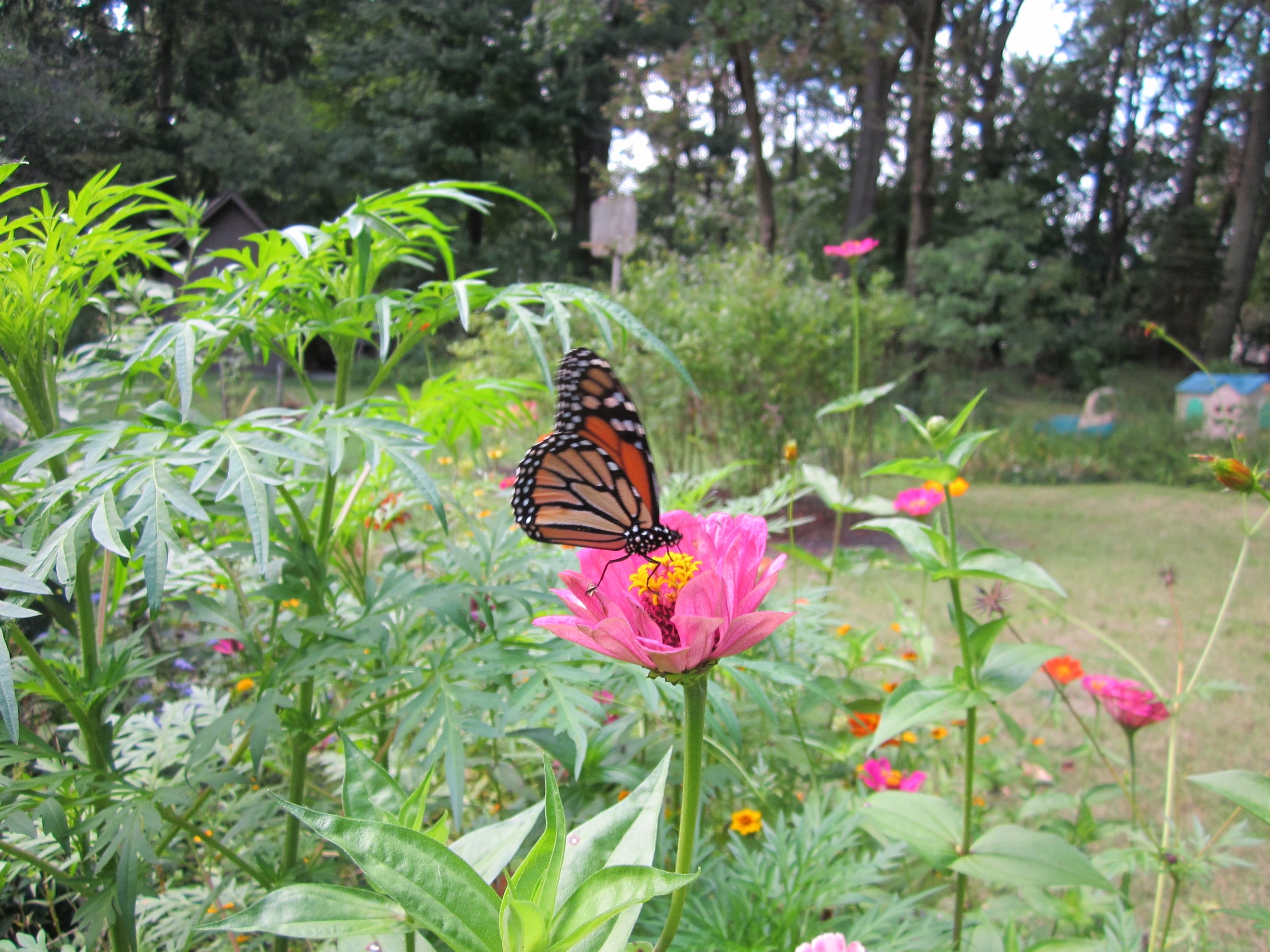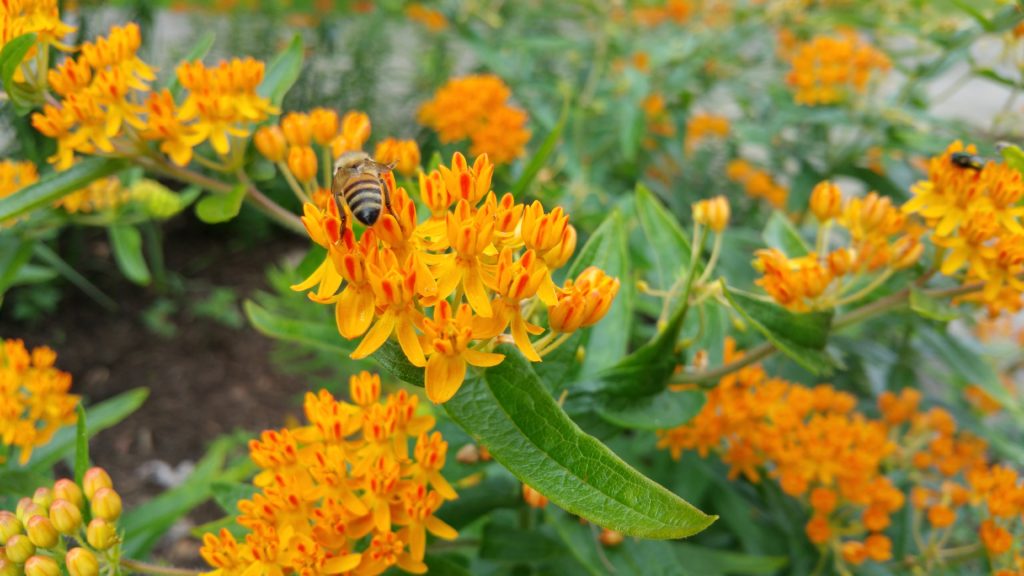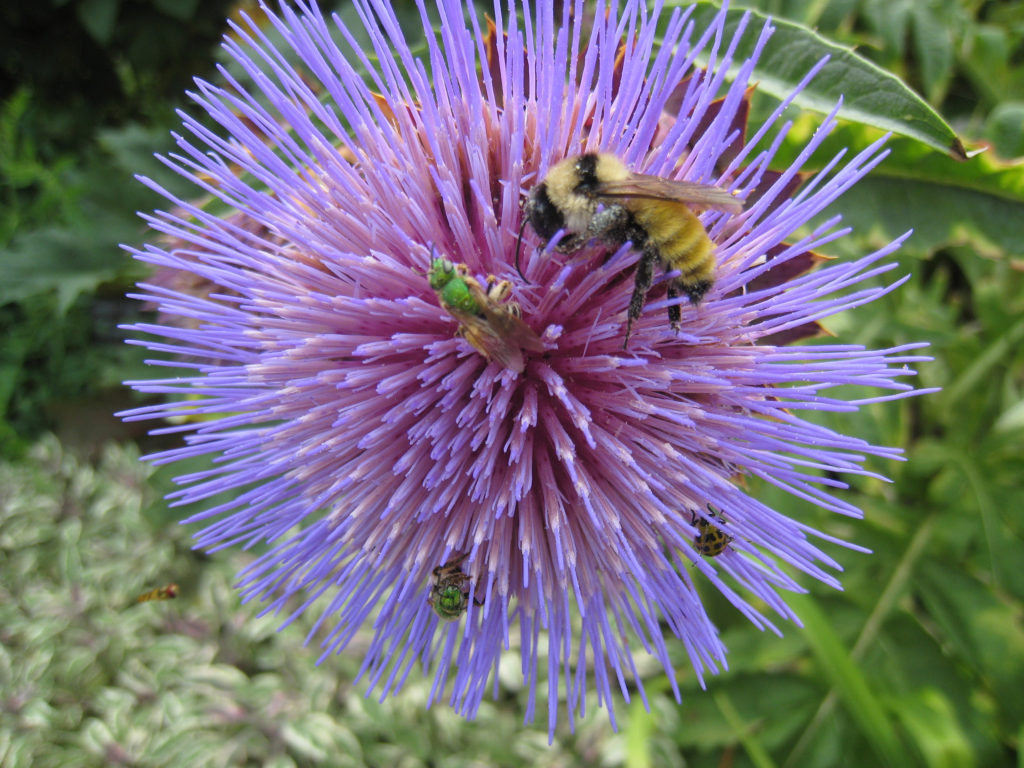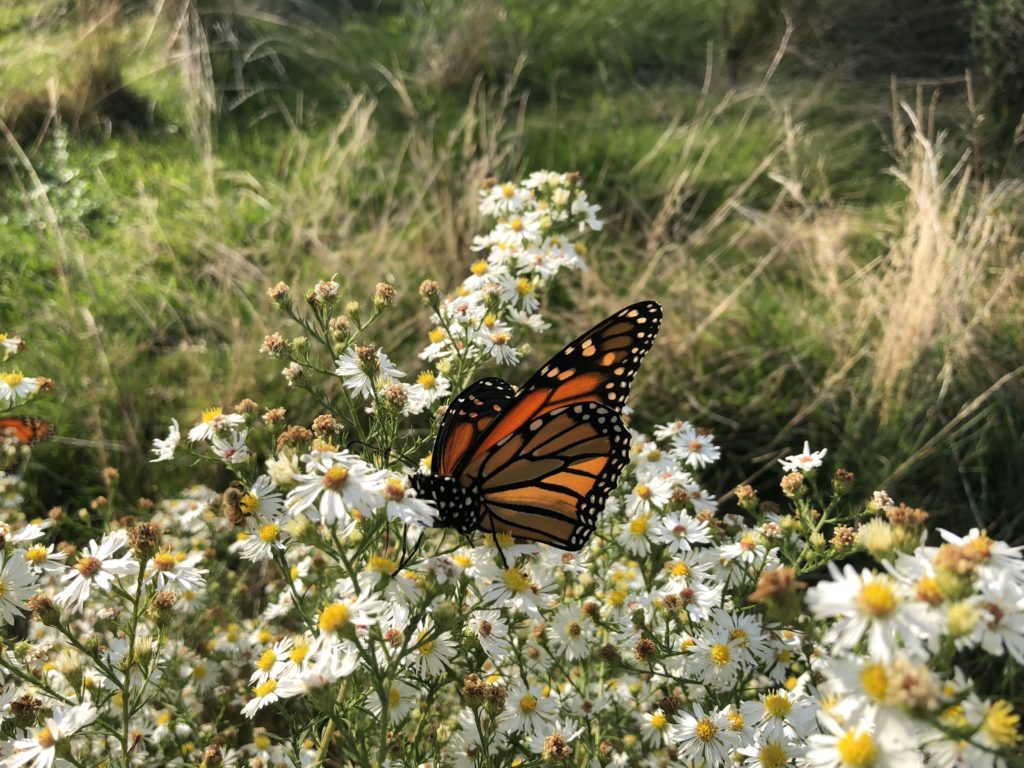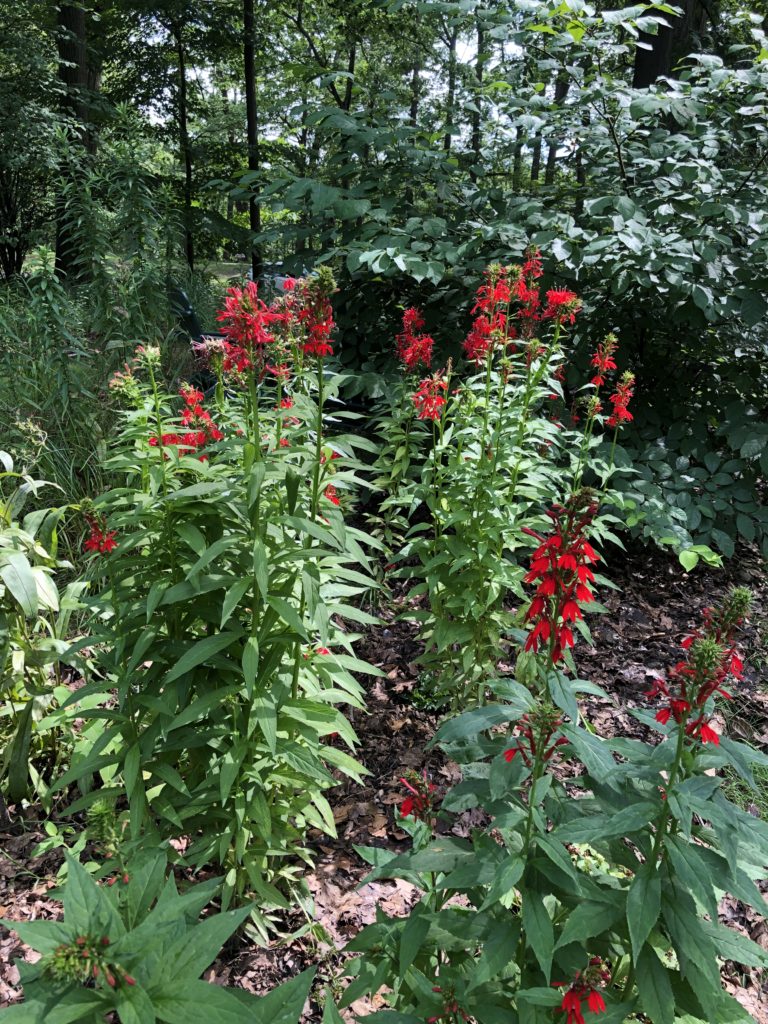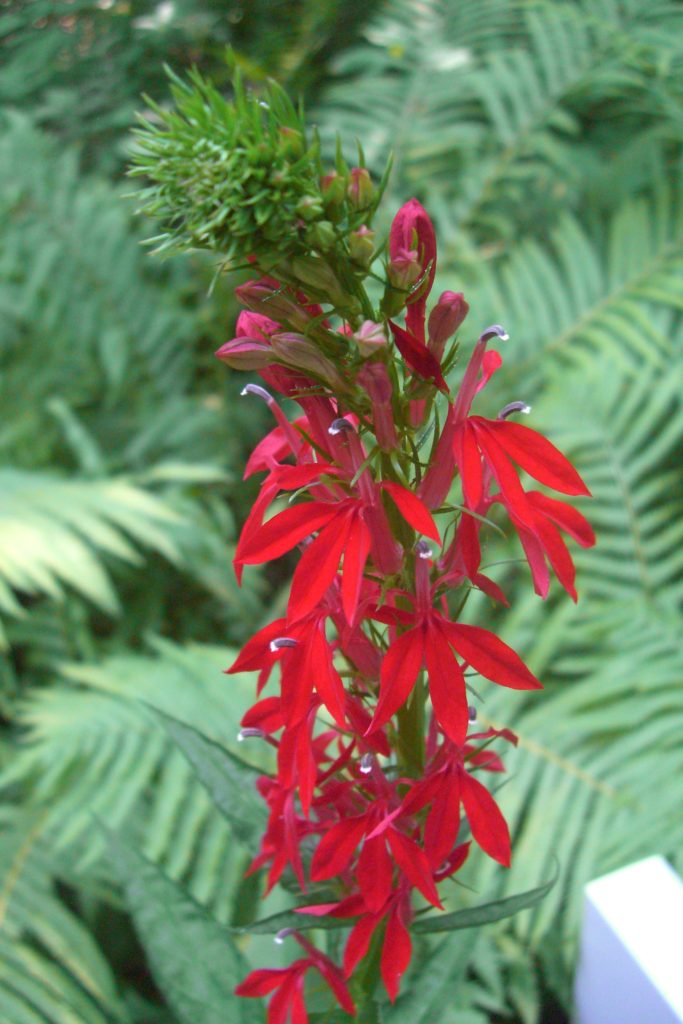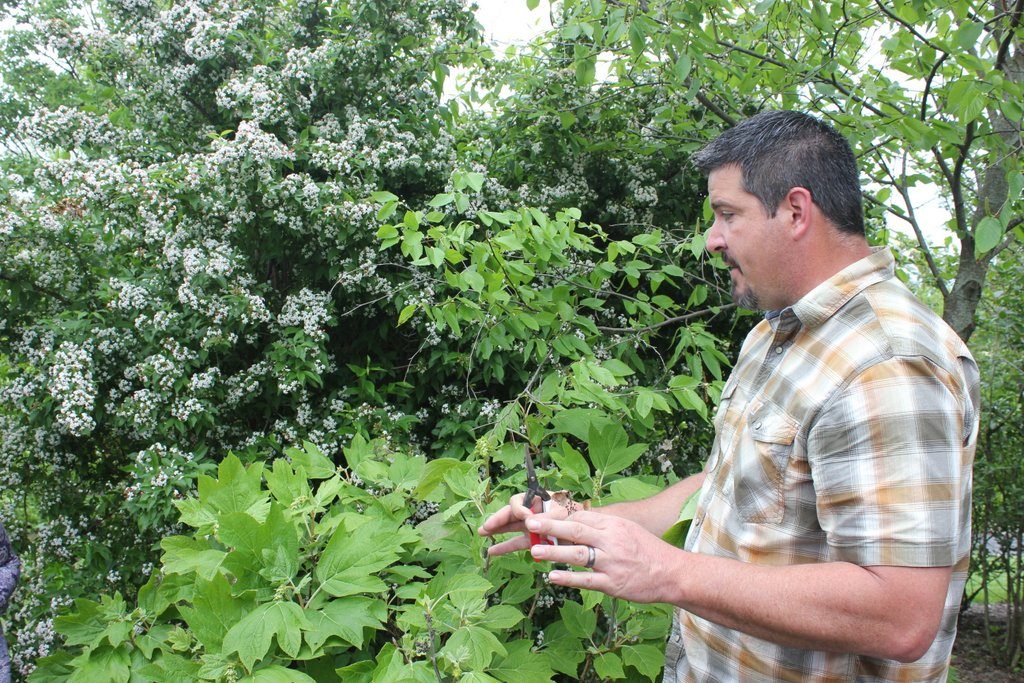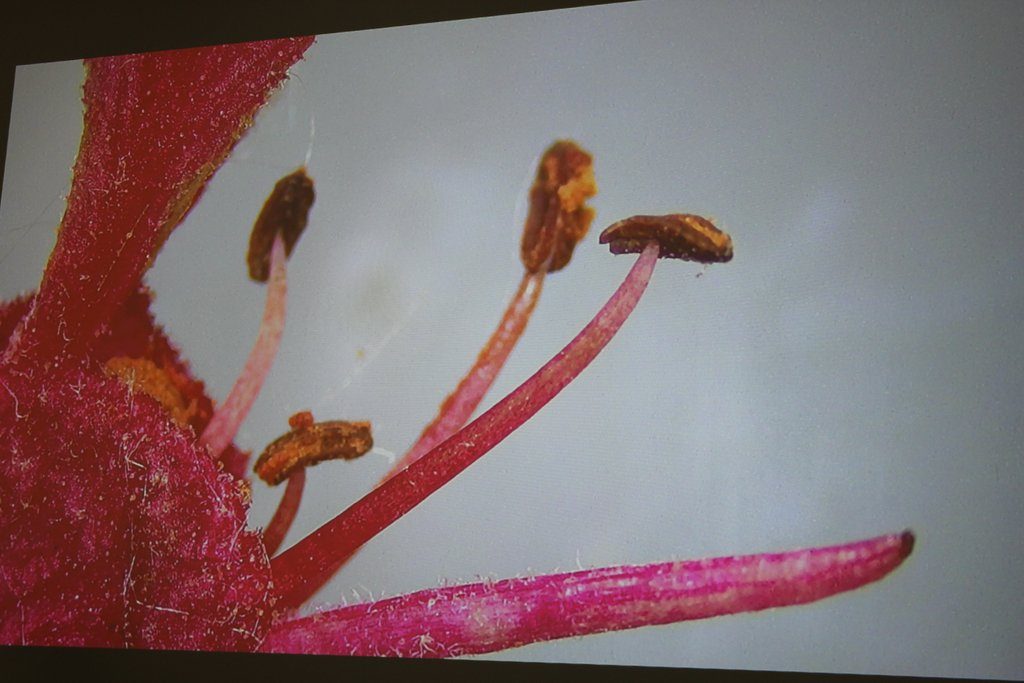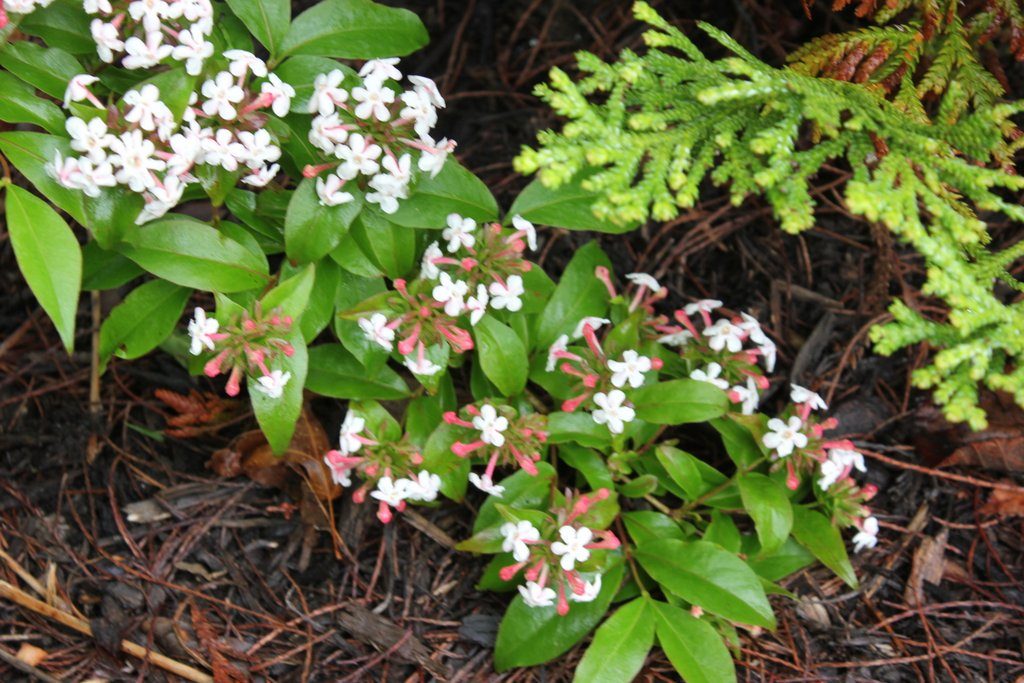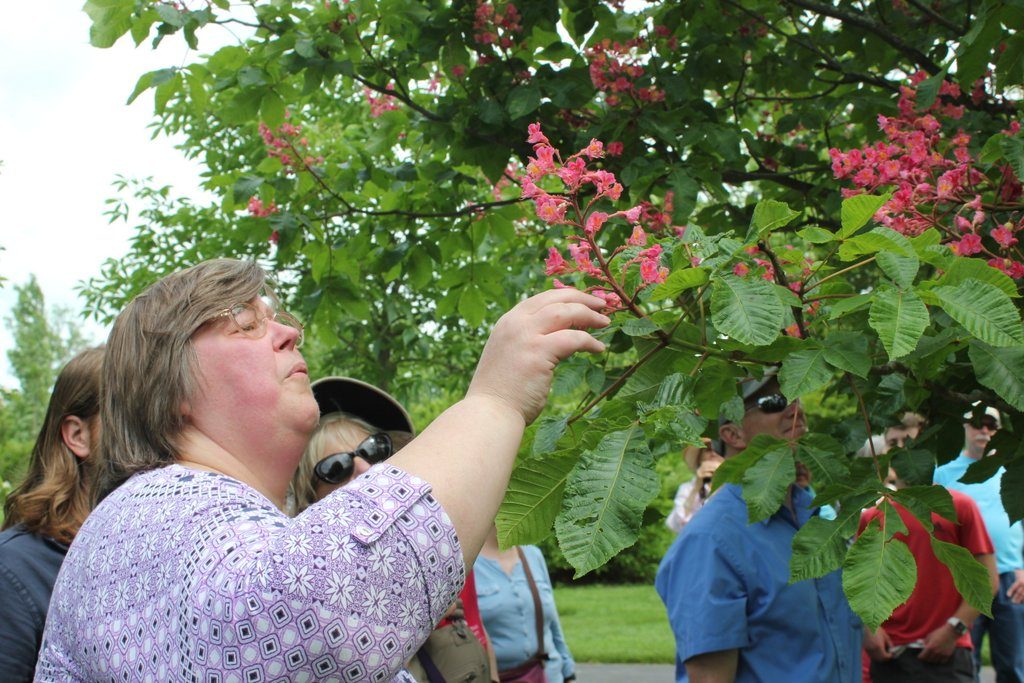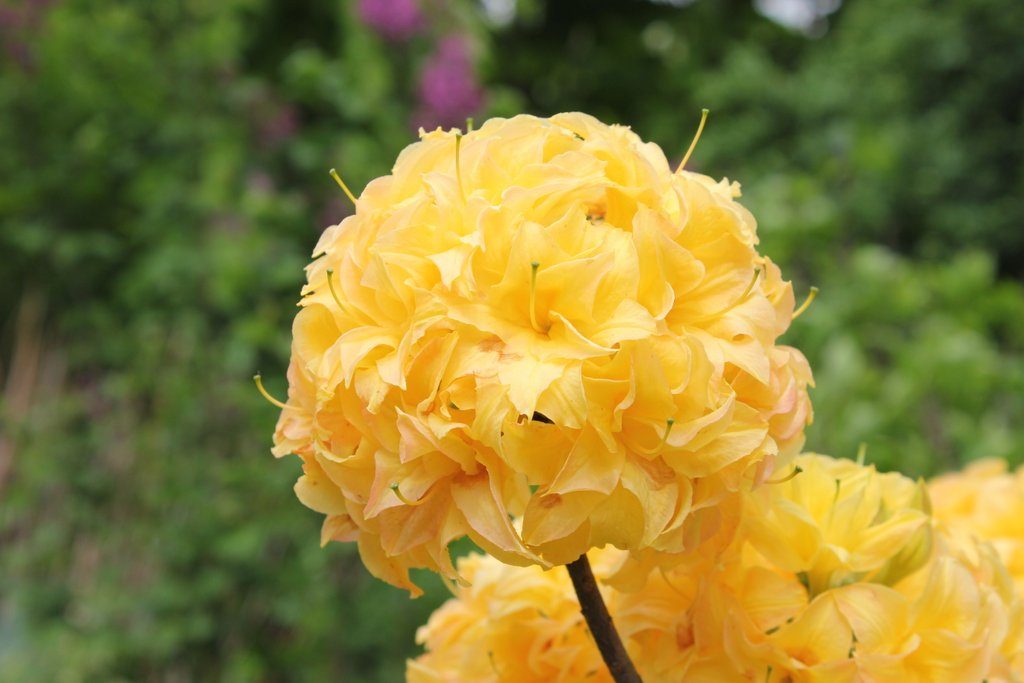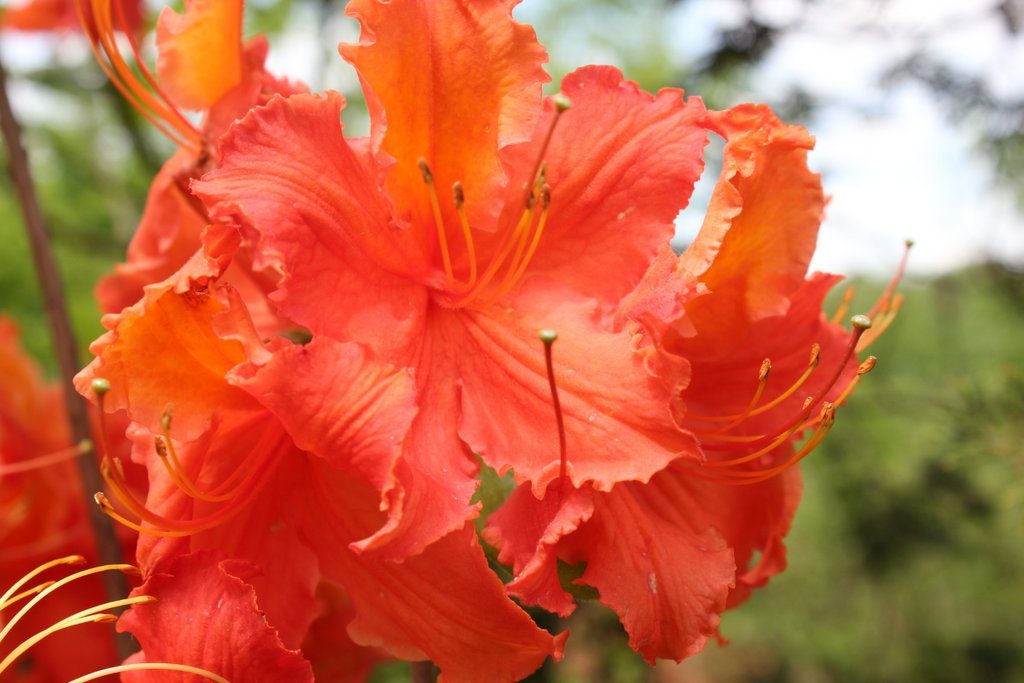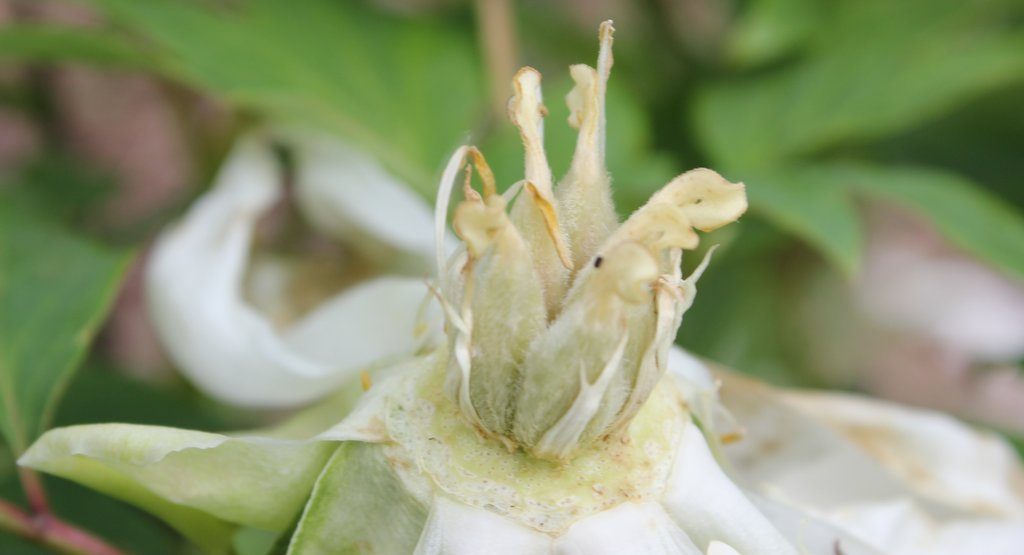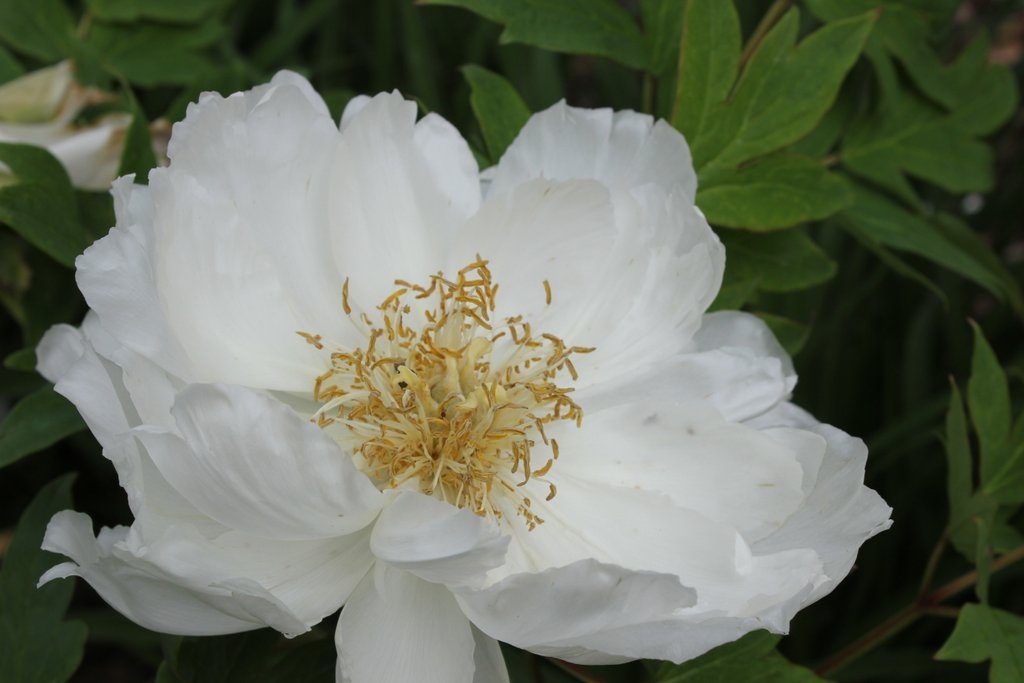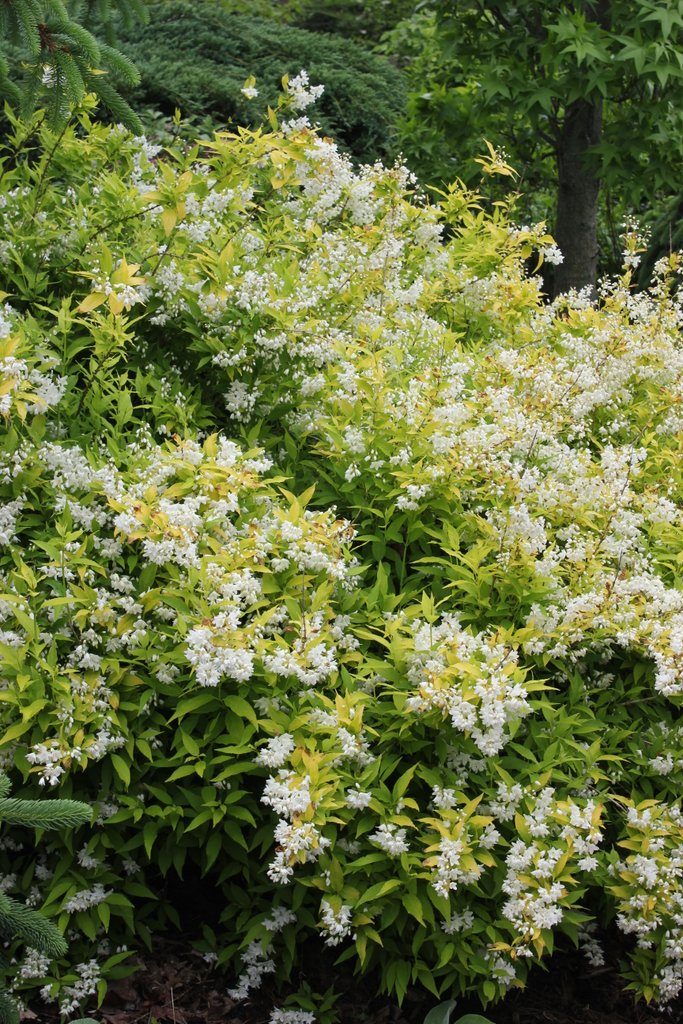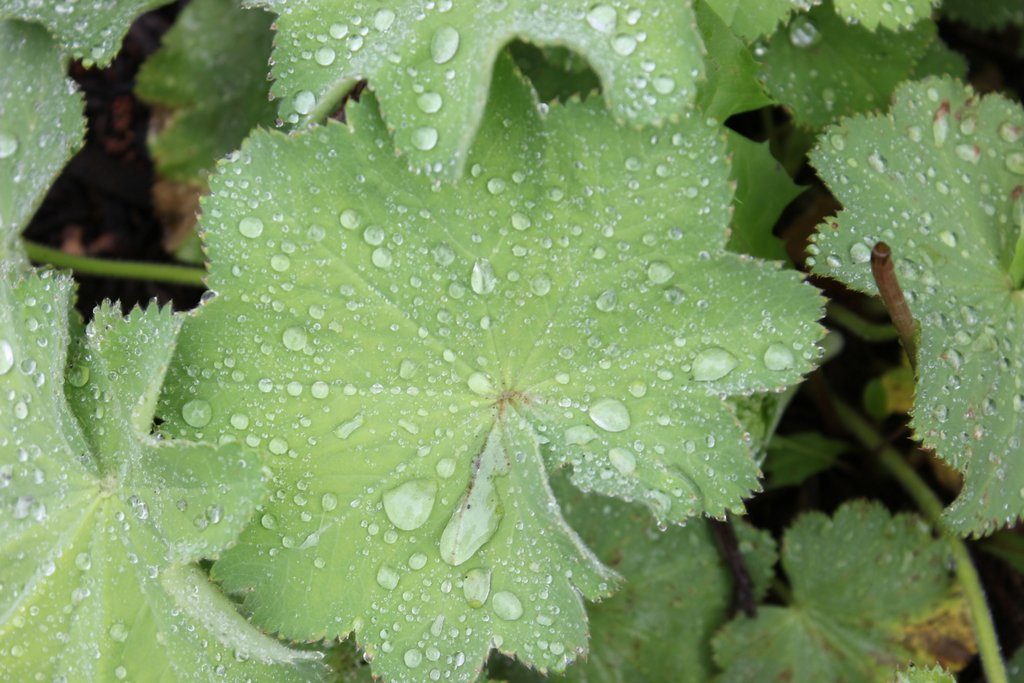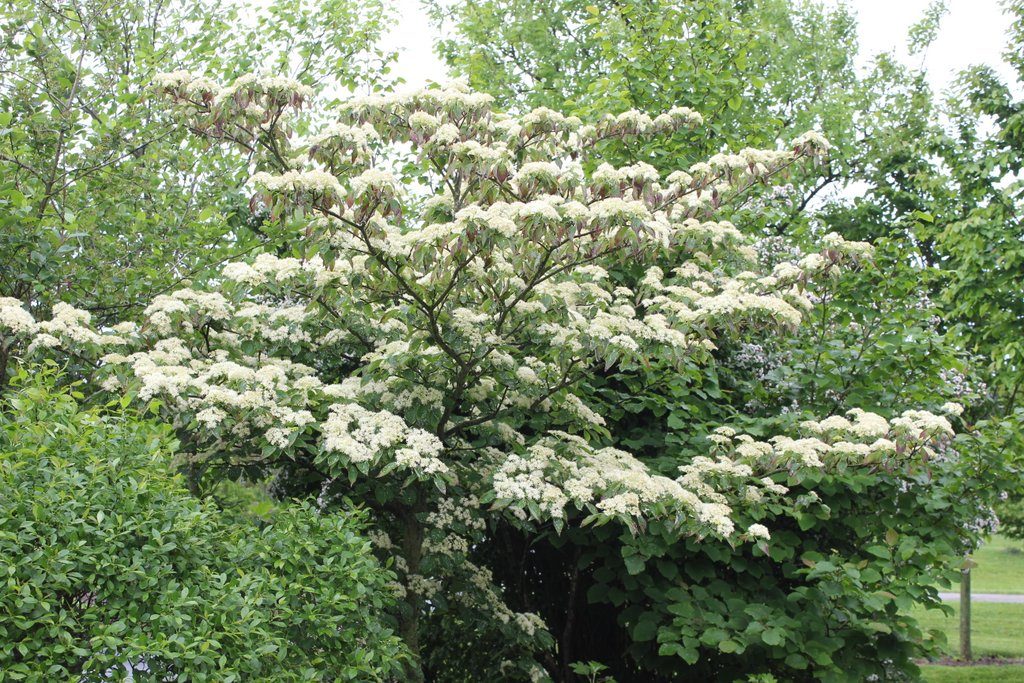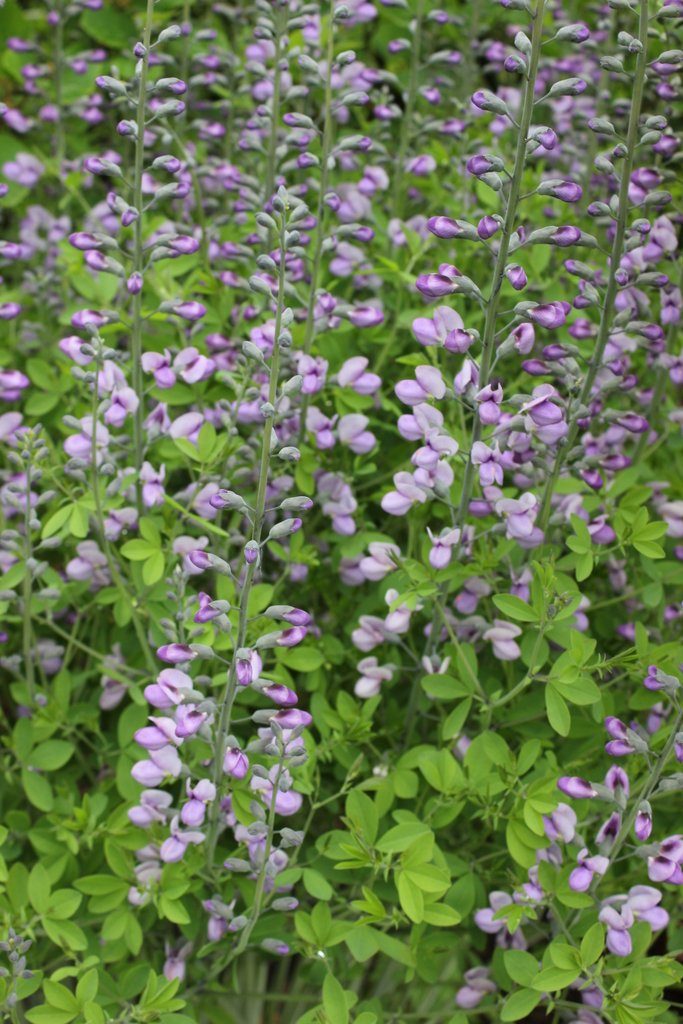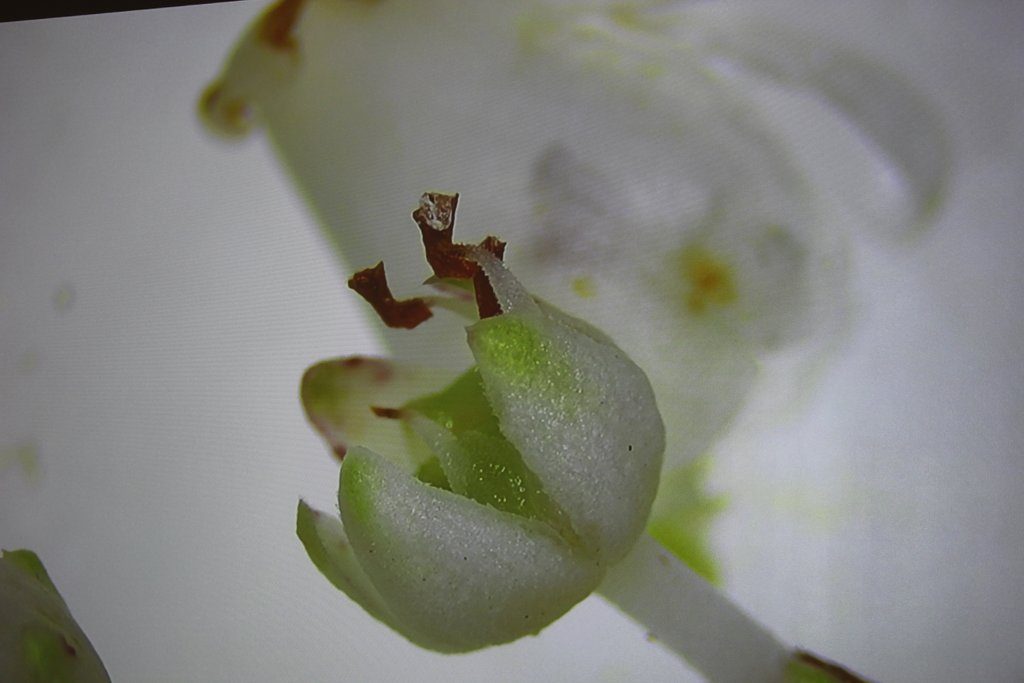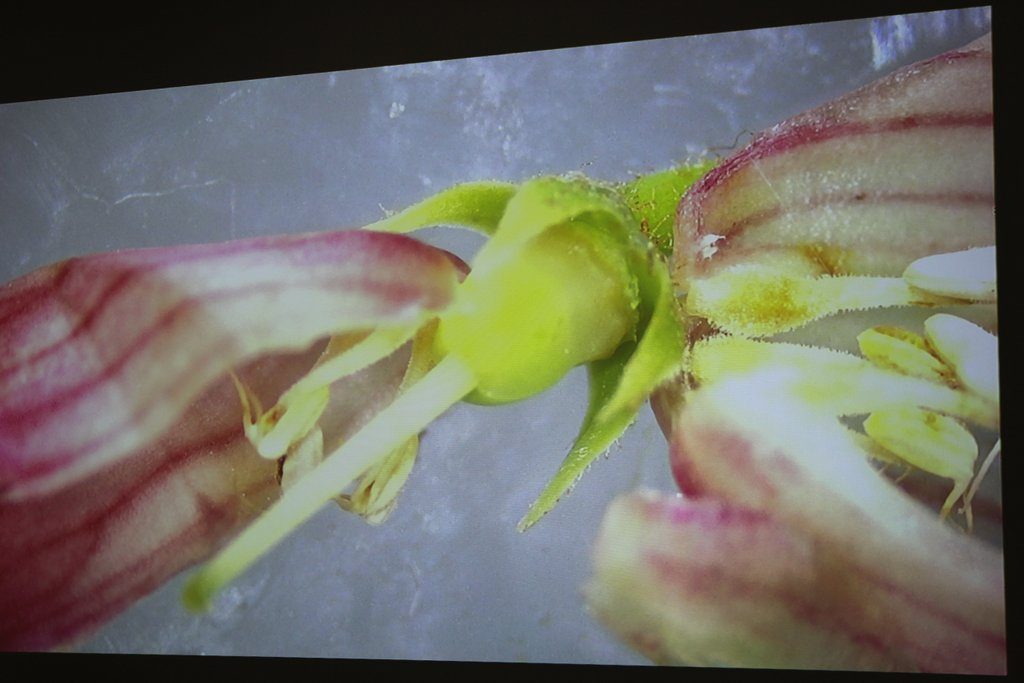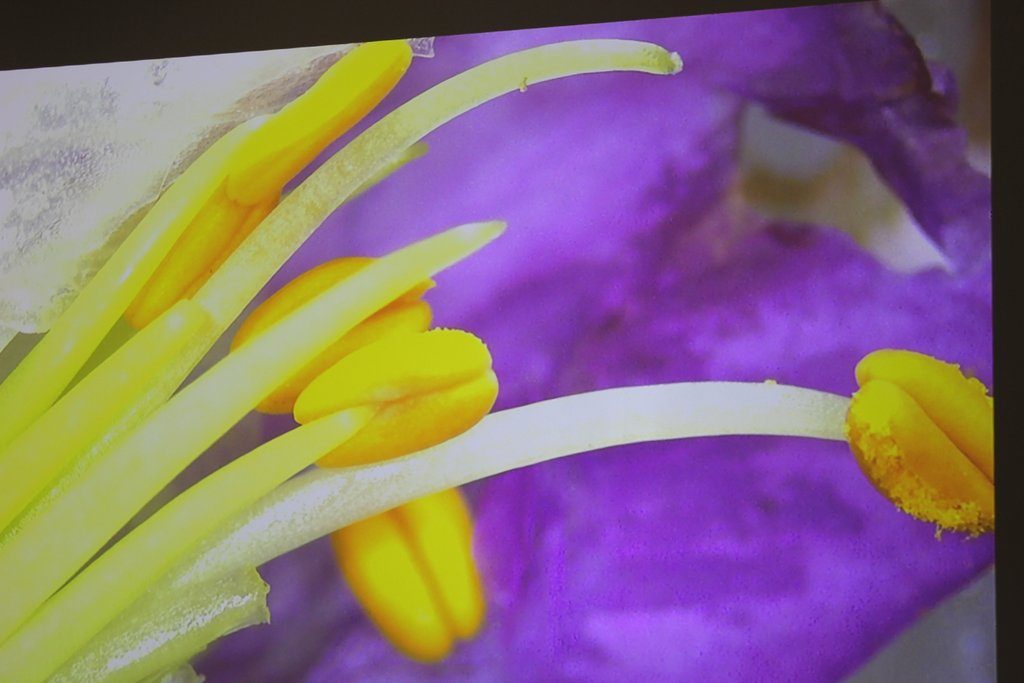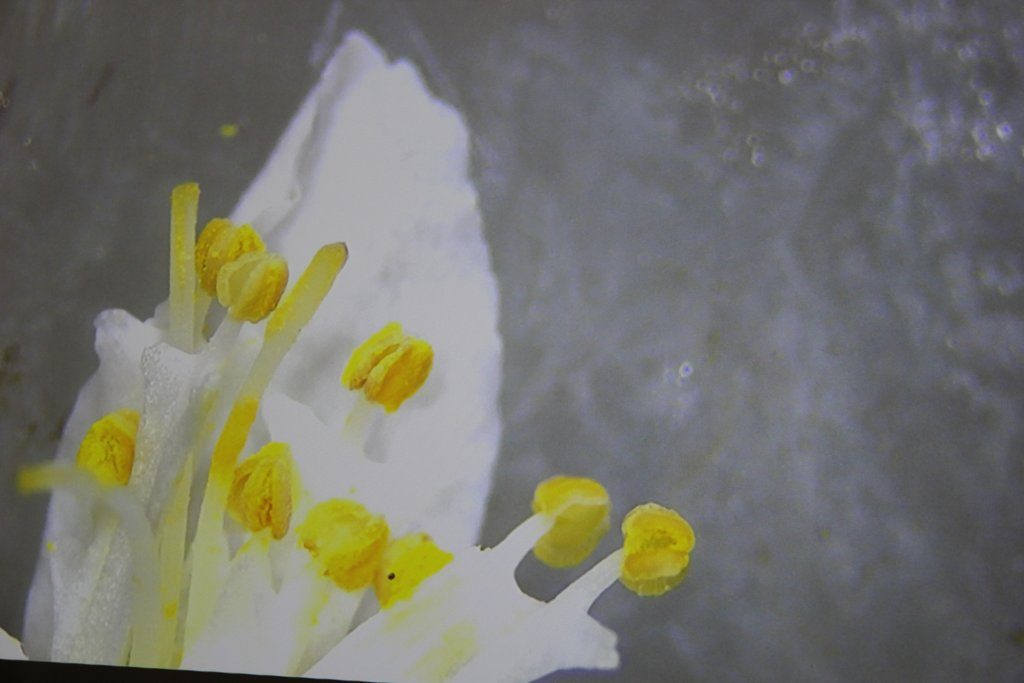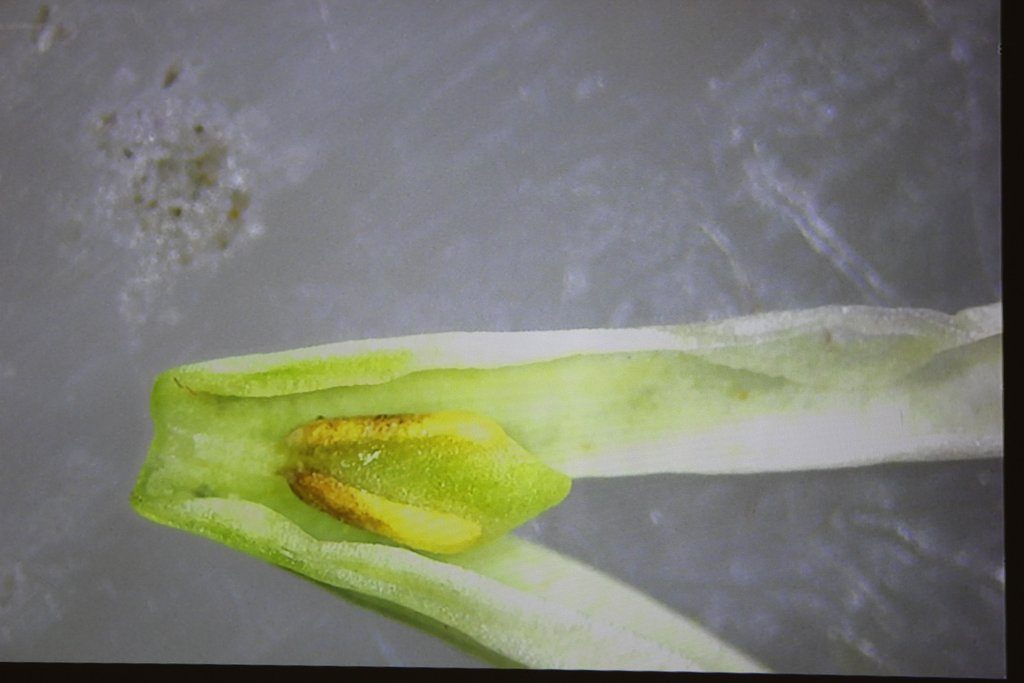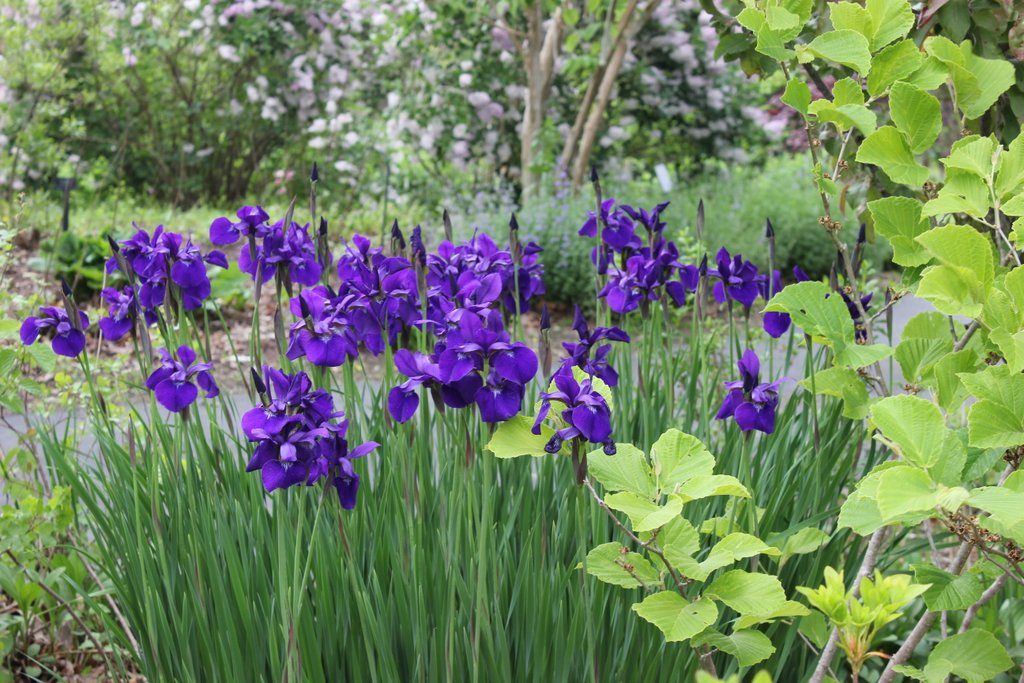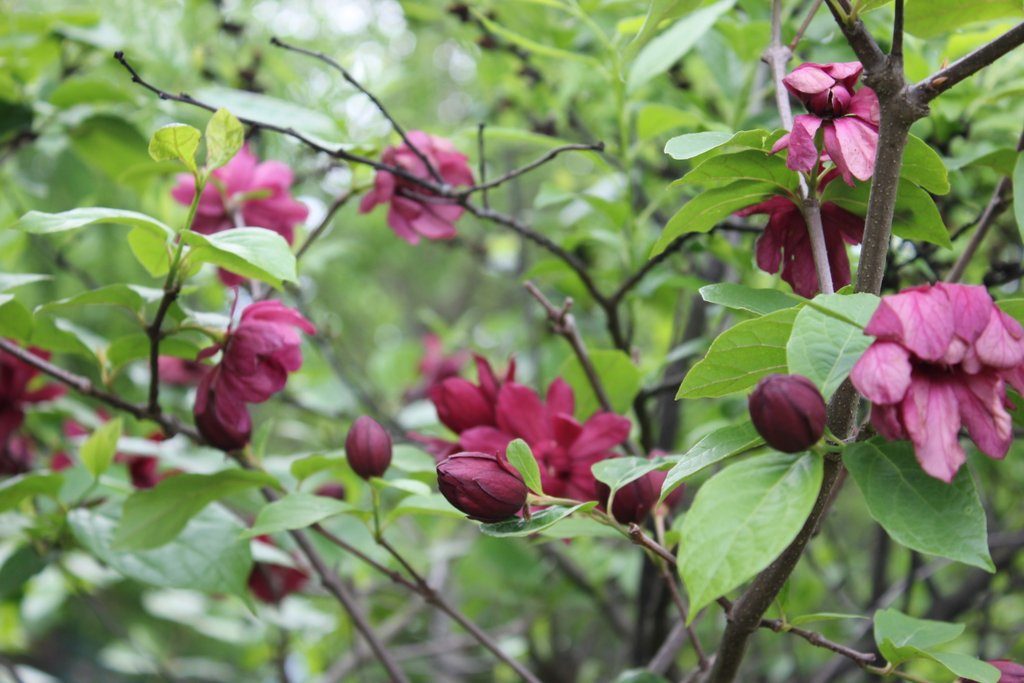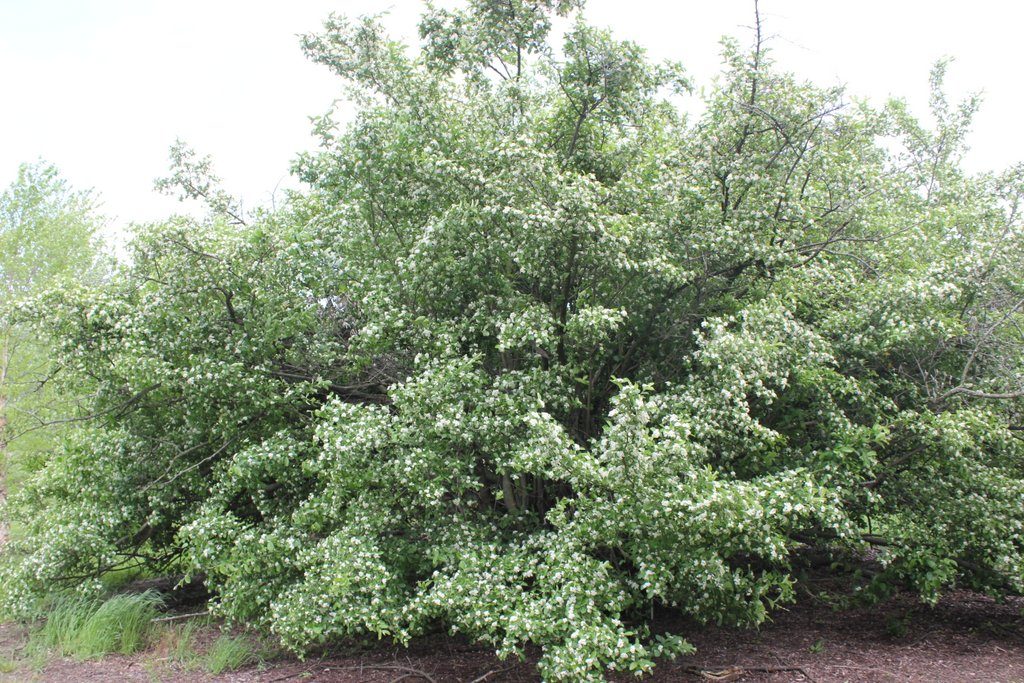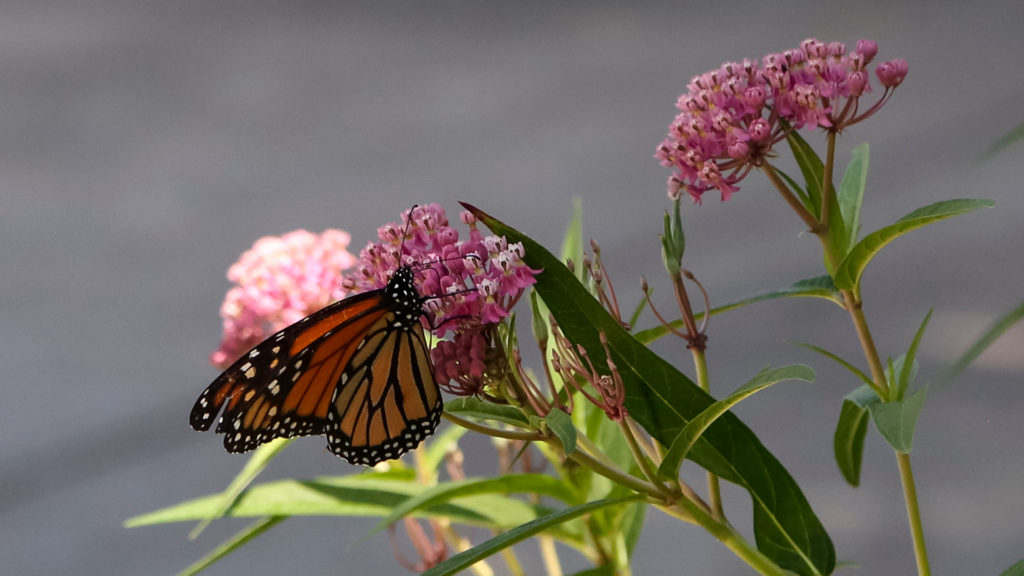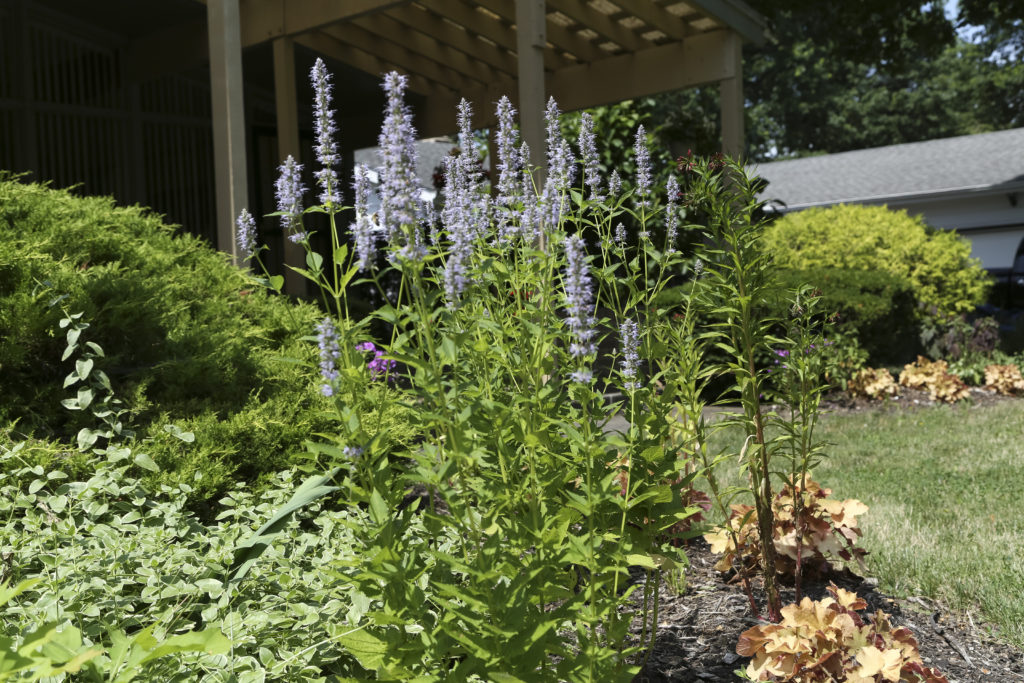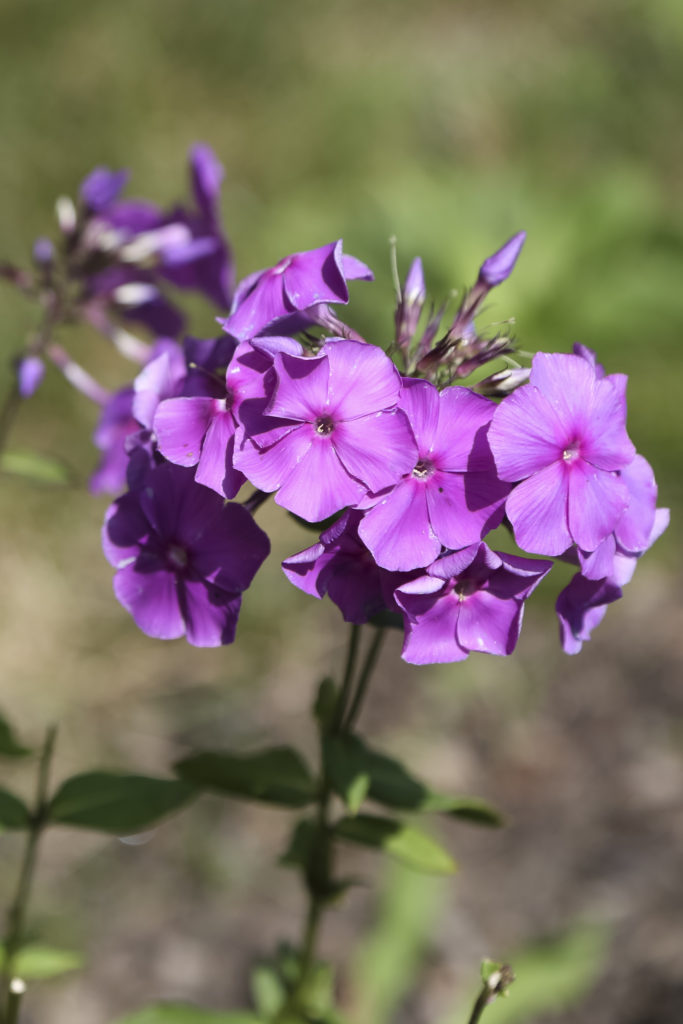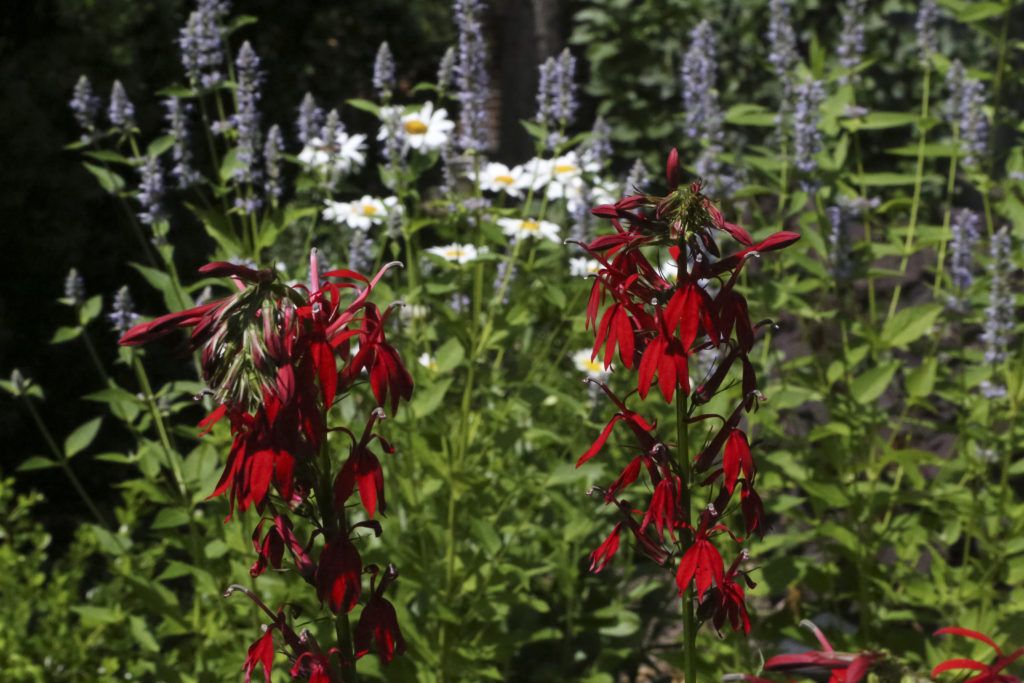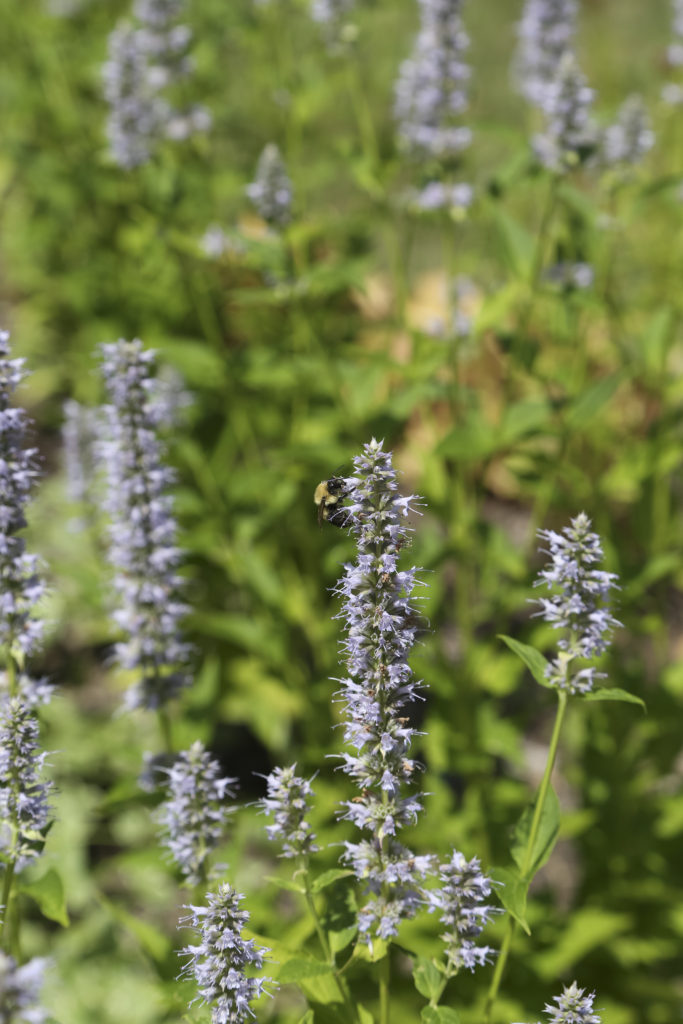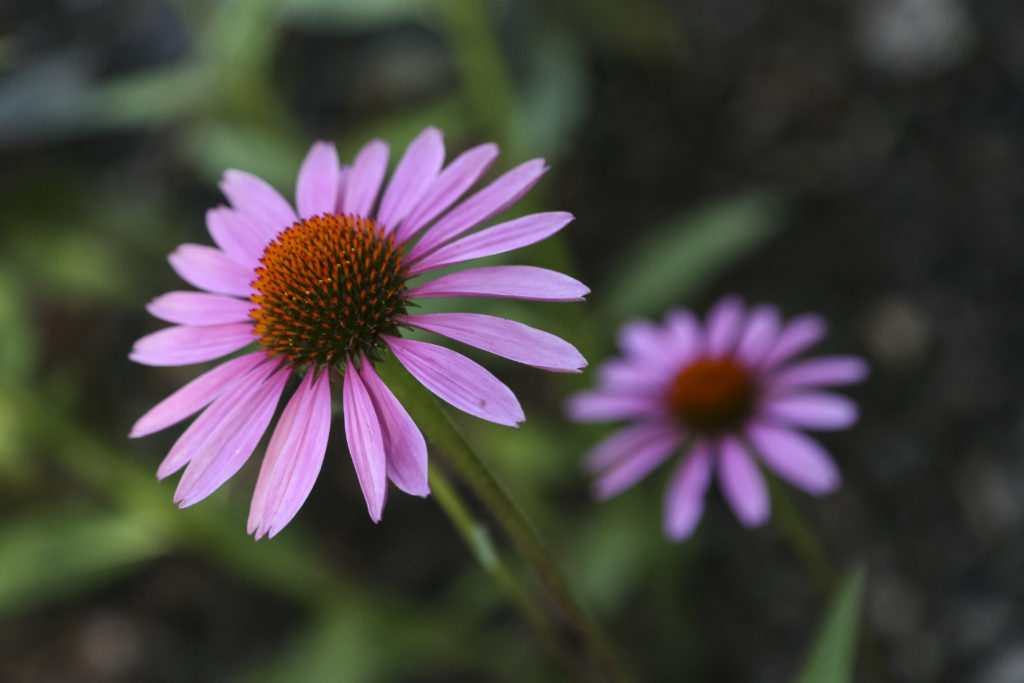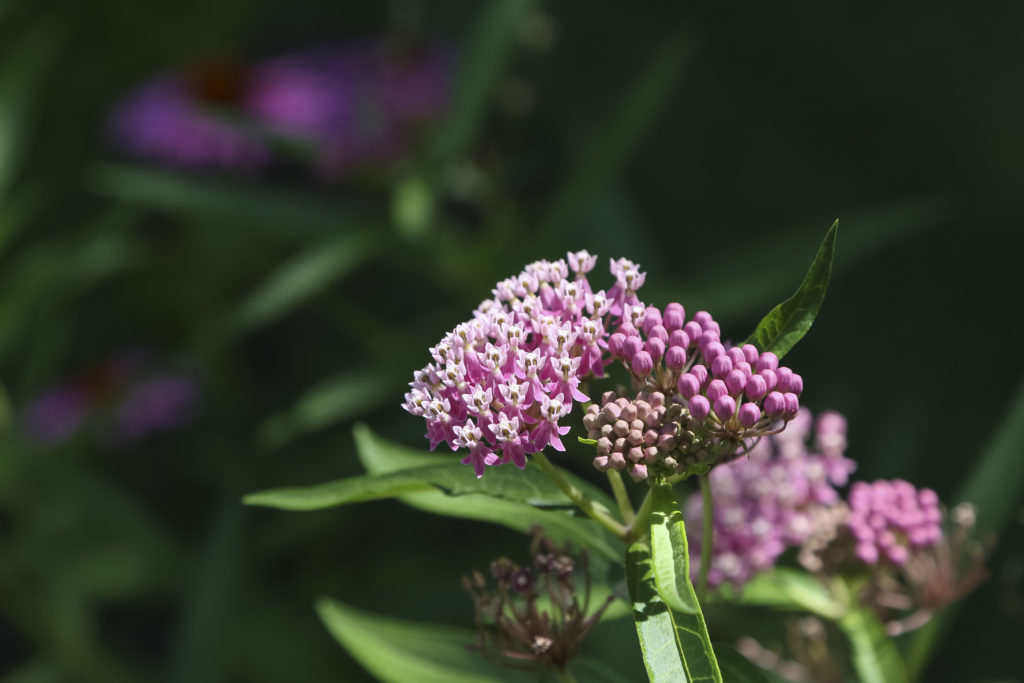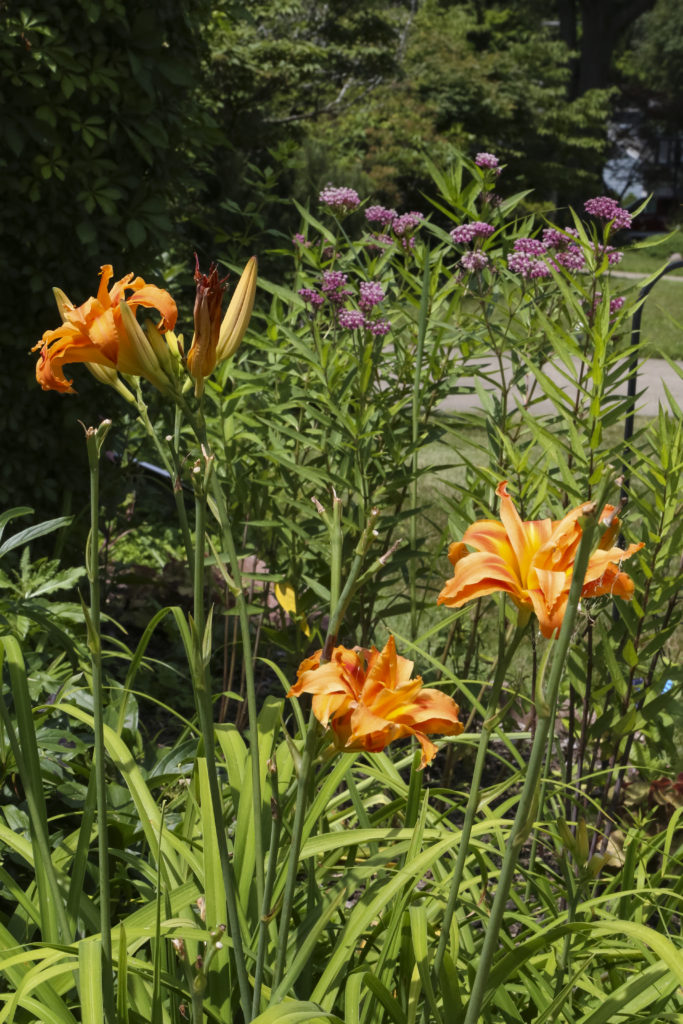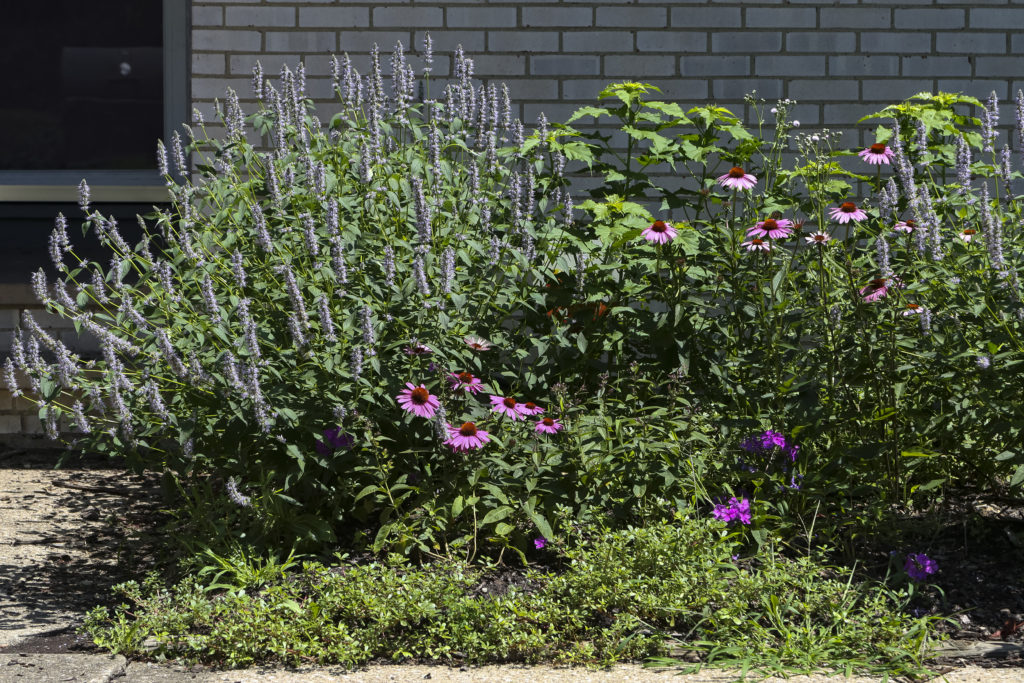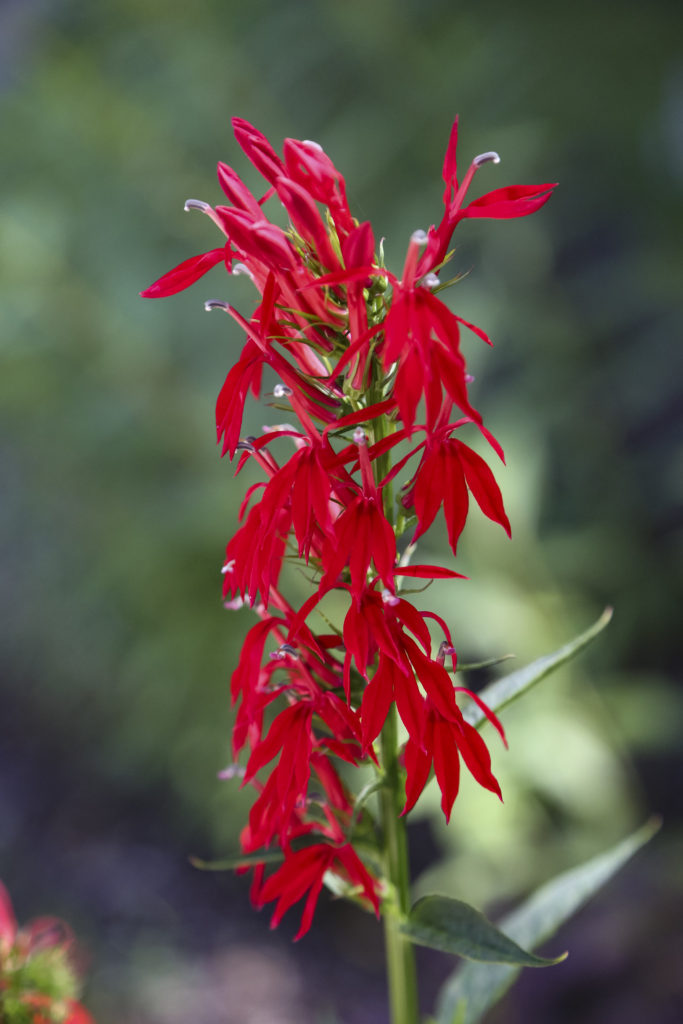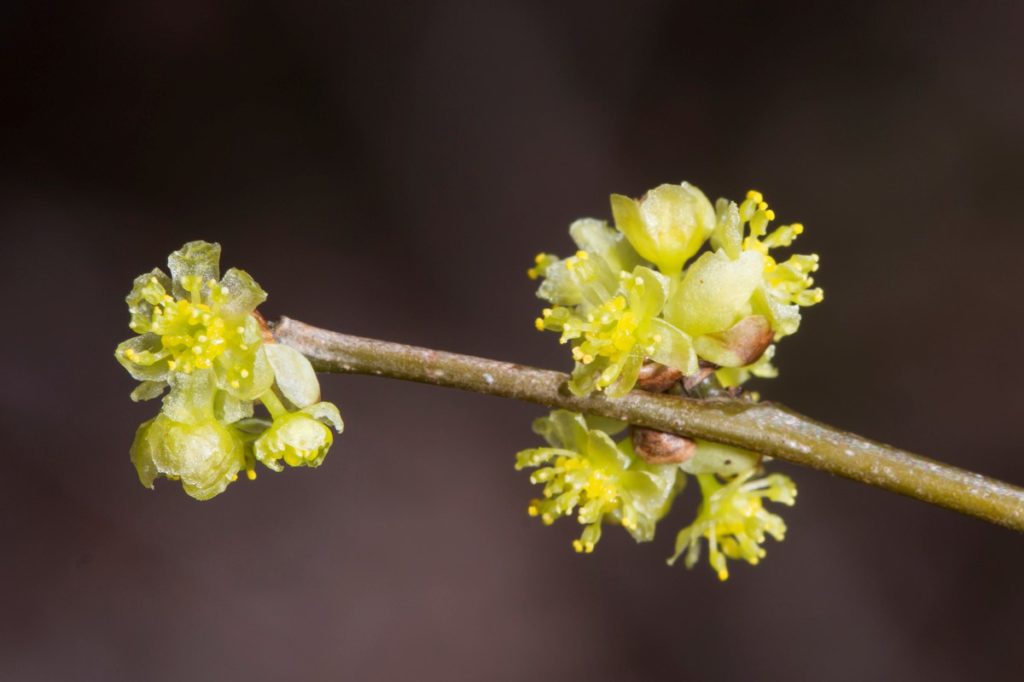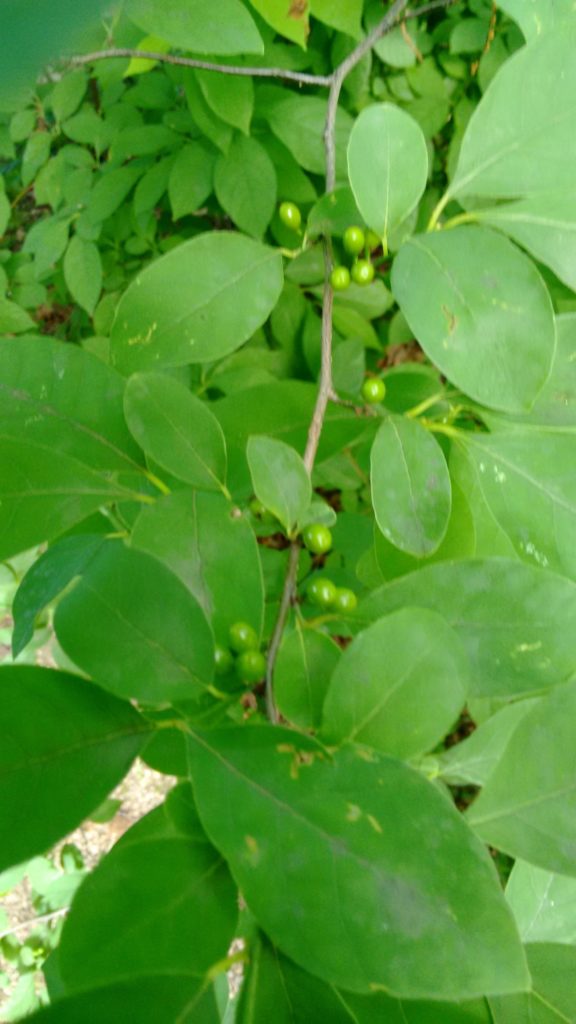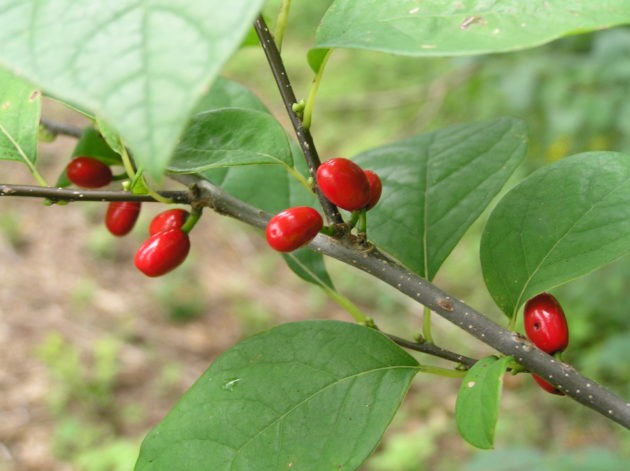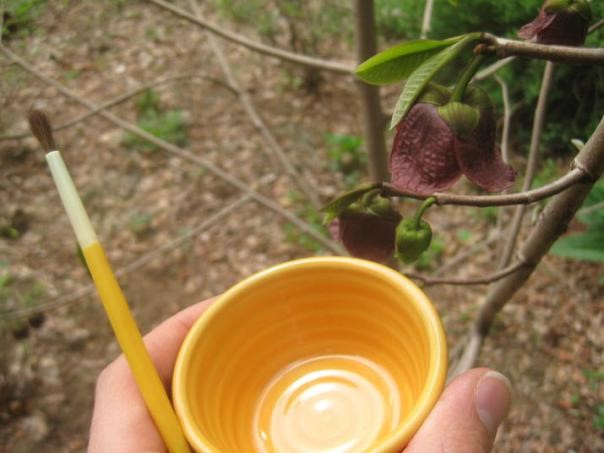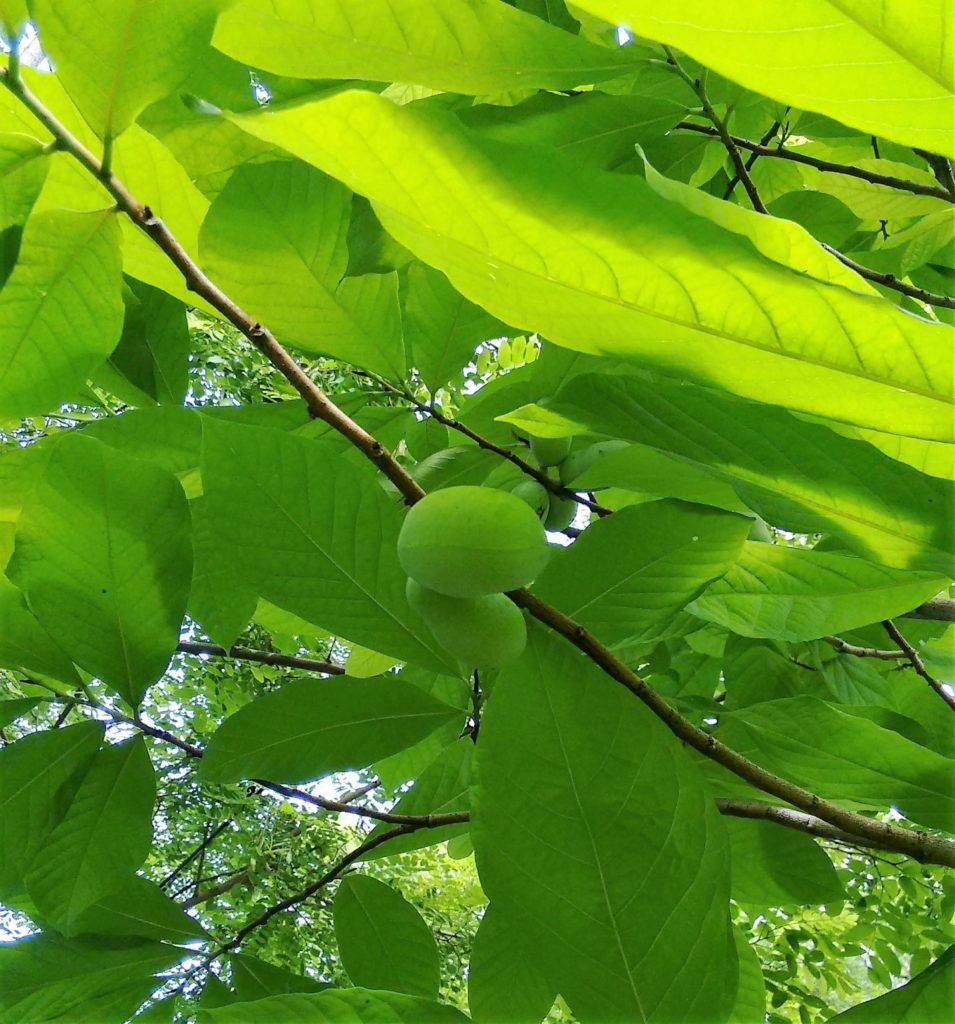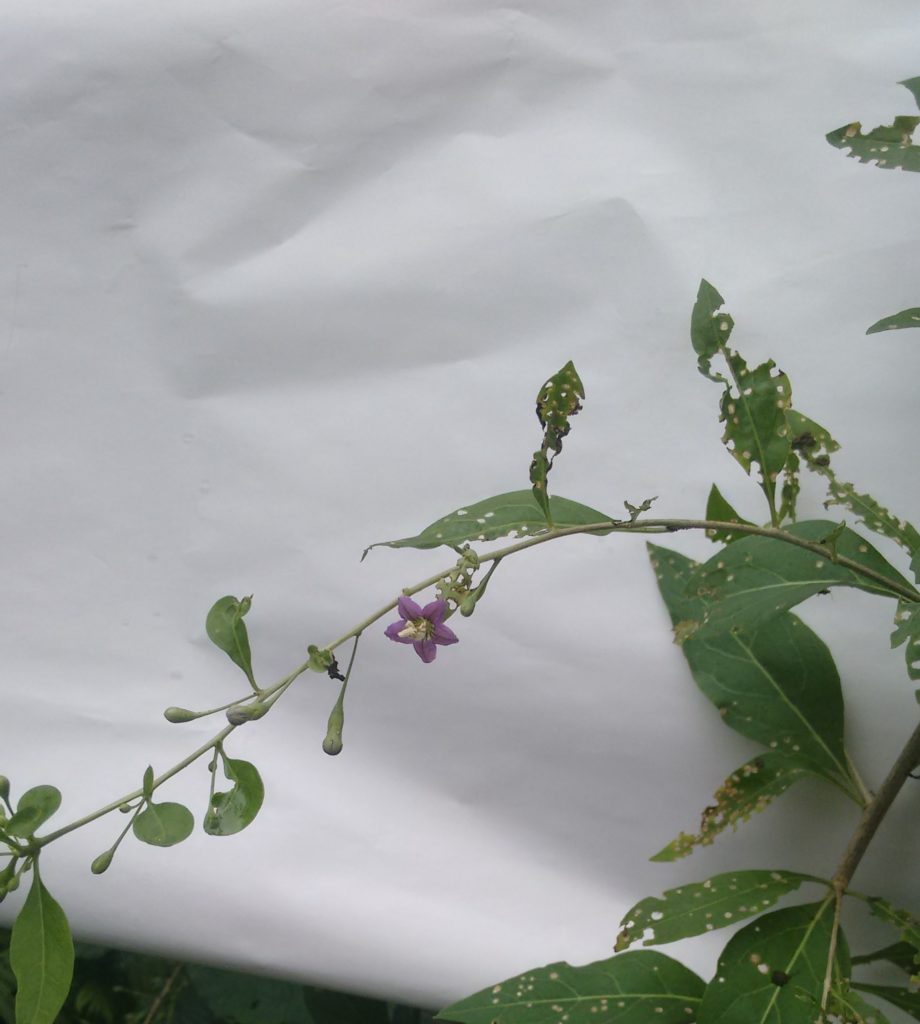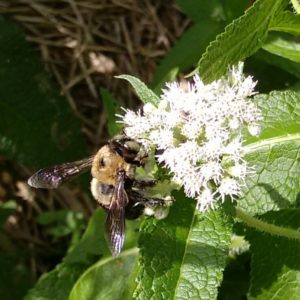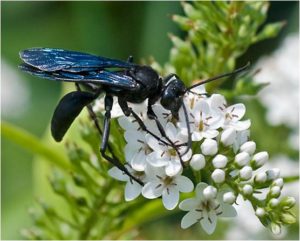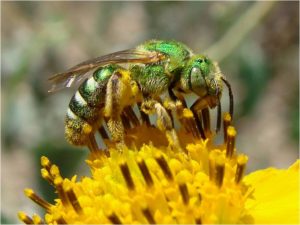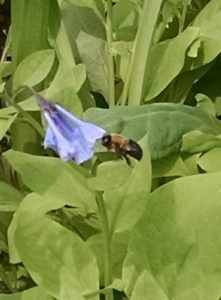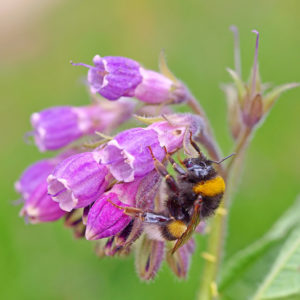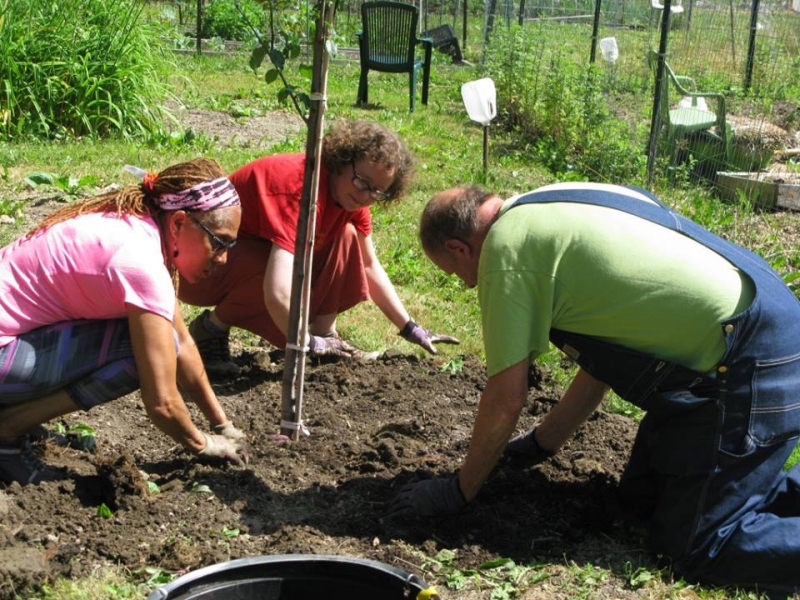Tree planting information by Laura Marks
The weather has turned autumn cool and moist, so many tree planting opportunities are coming up. Here are a few. Please lend a hand and your expertise if you are able and want your hands in the soil. Please remember to wear a mask to any events you attend.
Saturday, October 3
10:00AM Canterbury and Bradford, Cleveland Heights
Royal Heights neighbors are working to improve landscaping along the Bradford Rd cinder path. They are working from Canterbury towards the west while Peggy Spaeth and John Barber are working from Taylor Rd eastward. Trees will be planted this Saturday and the neighbors reached out asking for help from Heights Tree People. Check out the rebuilt historic WPA stone pillars that mark the pathway at each street!
Monday, October 19
1:30 PM Washington Blvd, CH
We have requests for 7 trees to be planted in the block of Washington Blvd from Lee to Cottage Grove. It seems like a great opportunity for a HTP to plant together. These trees will all be planted on private property, not treelawns.
We have begun planting! Last week Margy, Kathy, Bill, and I worked with Western Reserve Land Conservancy to plant 17 treelawn trees on E130 street between Shaker Blvd and Larchmere. In addition, Bill and I have planted several trees in Cleveland Heights in the past week.
Over the summer we accumulated a list of about 50 trees to plant this fall. In addition, I am working with the City of Cleveland Heights to get permission for us to plant a tree on vacant lots in the City; there are 177 vacant lots, not all are appropriate for a tree, however most are. If you want to join us to plant, please let me know your availability and we will welcome your help.
I could also use a second person to help do a tree inventory of Taylor Rd between Cedar and Fairmount. The Cleveland Heights Transportation Advisory Committee (TAC) is about to recommend that the speed limit on Taylor Rd be reduced and consistent at 25 MPH. One way to reduce actual car speed is to have fully planted treelawns. The TAC requested I count availability of treelawn tree planting sites.
If you know Heights friends and neighbors who want trees, please get them to sign up for one. The best way to do this is to have them contact me at this Heights Tree People email address. (heightstreepeople AT gmail DOT com)
Other events, compiled by Elsa and Heather
Upcoming virtual events
Cleveland Museum of Natural History Discover-E
Fall Foraging with Jeremy Umansky of Larder: A Curated Delicatessen and Bakery
October 5, 7 pm
http://1023.blackbaudhosting.com/1023/DISCOVER-E-Fall-Foraging-with-Larders-Jeremy-Umansky
Kirtland Bird Club
How a CLE Birder-Photographer aids conservation efforts in Colombia
October 7, 7:30 pm
https://www.eventbrite.com/e/how-a-cle-birder-photographer-aids-conservation-efforts-in-colombia-tickets-112905912624
Cleveland Museum of Natural History Explorer Series
Discovery… Technology… Hope
Lecture with Dr. Dawn Wright, Chief Scientist, Environmental Systems Research Institute
October 14, 7 pm
https://1023.blackbaudhosting.com/1023/Explorer-Lecture-Series-Virtual—DISCOVERY-TECHNOLOGY-HOPE
Living with the Anthropocene
October 14, 10 pm
https://www.eventbrite.com.au/e/living-with-the-anthropocene-webinar-tickets-120320171873
20th Annual NAPPC Conference
October 20-22, 2020
https://www.pollinator.org/nappc/registration
LEAD for Pollinators Conference
October 24-25, 2020
https://leadforpollinators.org/registration/
Nature Underfoot by Dr. John Hainze
November 2, 10 pm EST
https://www.eventbrite.com/e/nature-underfoot-by-dr-john-hainze-registration-117436976157
Streaming anytime
OSU ZoomBees Pollinator Webinar Recordings 2020
https://u.osu.edu/certify/zoombees-webinar-recordings-2020/
Important Late Summer and Early Fall Plantings to Aid Pollinators and Migratory Species
Presentation given by Judy Semroc at the bi-monthly LEAP meeting
https://vimeo.com/458967411/a07cd72ee0
Kiss the Ground
Film about regenerative agriculture, available on Netflix
https://kisstheground.com/
https://www.netflix.com/title/81321999?
